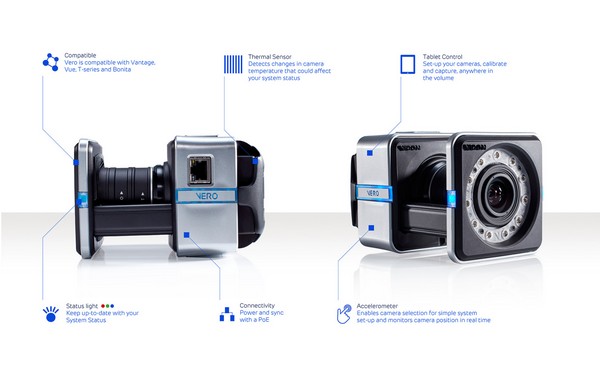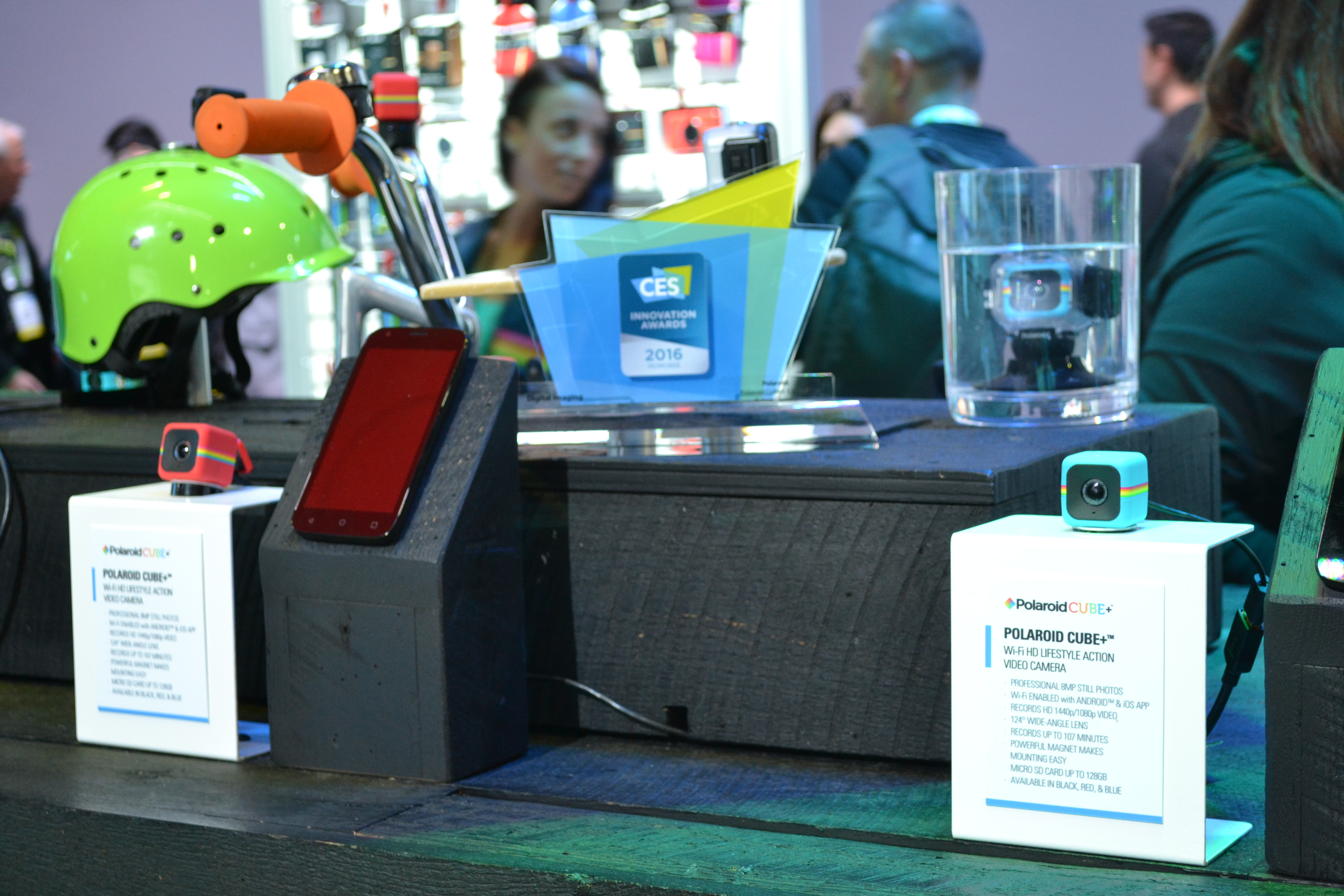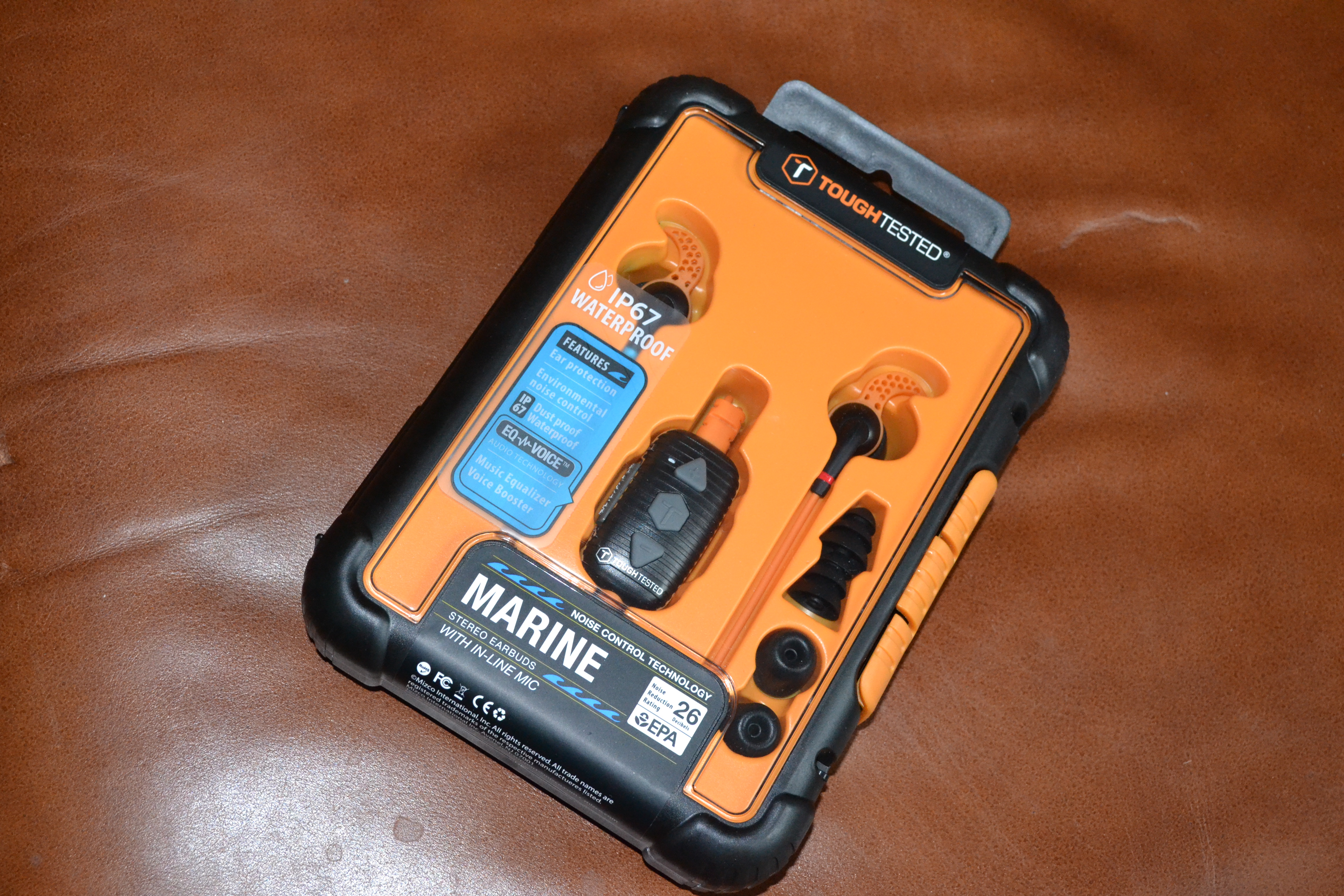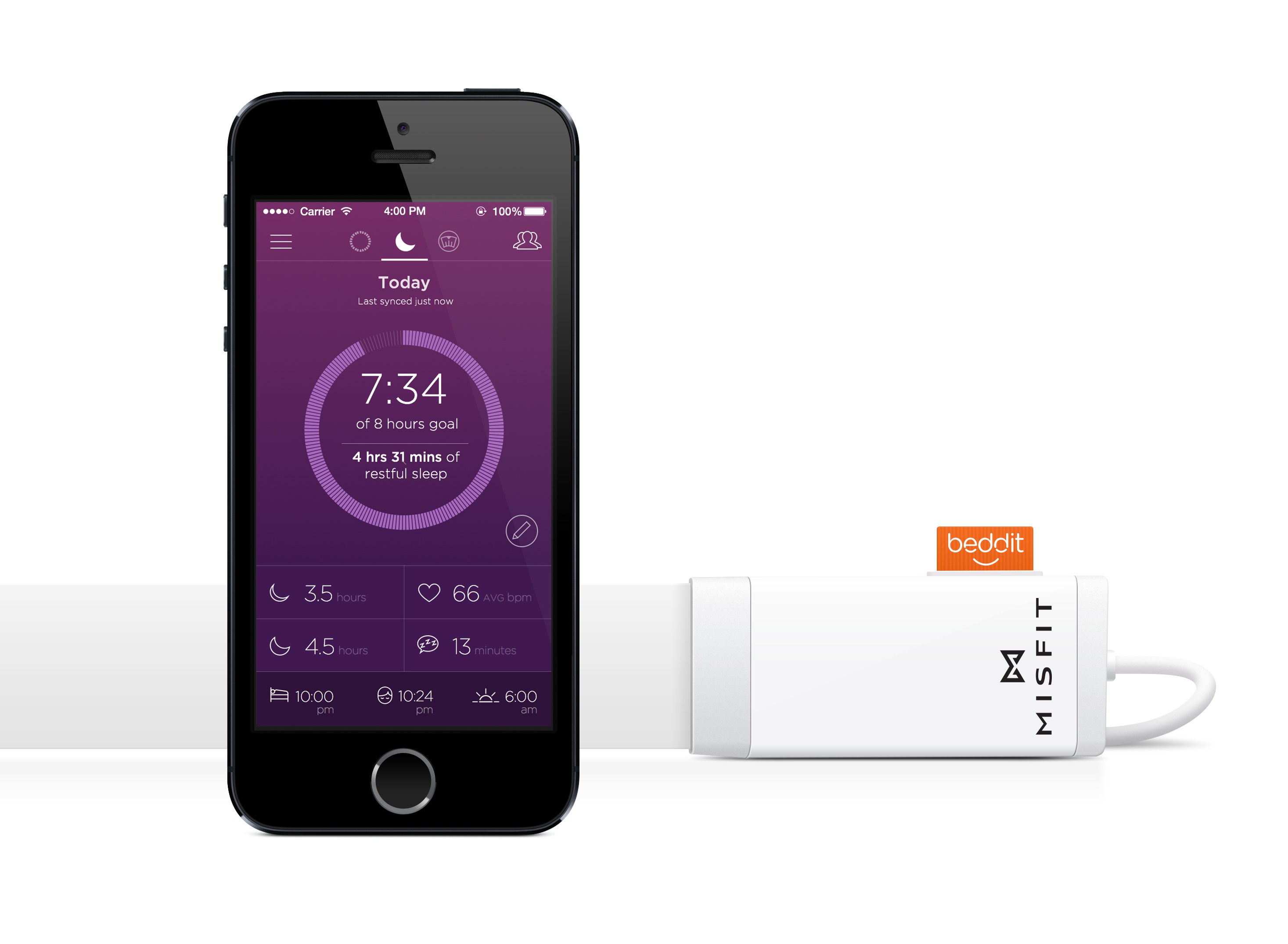
by Tom P Kolodziejak | Sep 5, 2016
Flash Memory Summit, August 2016 – Flash memory is the enabling technology for most of the mobile devices today. It allows for very high capacities of storage for things like music, voice, photos and videos to be stored for long periods of time, without needing power to store the information when it is not being used.
Eli Harari, who holds over 100 patents and has widespread recognition (including IEEE Reynold B. Johnson Data Storage device Technology Award in 2006 and IEEE Robert N. Noyce Medal in 2009), described flash memory as descriptive technology in that time. This descriptive technology enabled consumer applications such as cellphones, digital cameras, music players etc. that we enjoy today and they shape our lives. Here is a timeline of history of flash memory development.
The beginning of successful story of flash memory started at Bell Laboratories. In 1967 Kahng and Sze invented the floating gate memory device which allows a transistor to remember a digital value of 0 or 1, without power, until it is ready to be checked. Few years later Eli Harari of Hughes Electronics filed for first practical floating gate EEPROM (Electrically Erasable Programmable Read Only Memory) using thin SiO2 and using the electron characteristic of Fowler Nordheim tunneling for program and erase.
In 1978 Hughes Electronics introduced first CMOS NOVRAM 256-bit chip (non-volatile SRAM) and two years later the 1980, first CMOS EEPROM 8Kbit chip was released. Both of these chips used Fowler Nordheim floating gate EEPROM technology. In 1980 Intel introduced the Intel2816, a 16K bit HMOS EEPROM with Fowler Nordheim tunneling and 3 years later the Intel2817A 16K bit EEPROM. While these chips were in the marketplace, the first paper describing flash EEPROM was presented by Fujio Masuoka of Toshiba at IEEE International Electron Devices Meeting (IEDM) in San Francisco in 1984, the year after Exel filed patent for the first NOR organized flash memory cell. In 1986 Intel introduced the flash card concept with ECC and on-card controller and the company formed unit focusing on solid state drives.
The flash memory industry financial success started grown rapidly at the end of the 1980s ($1.6M in 1987; $6.4M in 1988; $25M in 1989) followed by many inventions and patents.
1987 – Fujio Masuoka of Toshiba presented first NAND-type flash memory technology at IEDM. Intel invented first Flash File System concept and introduced NOR flash chips.
1988 – Early EEPROM inventor/investigator Elli Harari along with Sanjay Mehrotra and Jack Yuan founded SunDisk (later the name was changed to SanDisk) in 1988 to develop new “system Flash” architecture combining embedded controller, firmware and flash memory to emulate disk storage. The company filed the first two MLC (Multi-level-cell) flash patents. JPEG and MPEG standards allowed economical production of digital cameras and first flash-based digital camera, Fuji DS-1P was demonstrated. Intel sampled 1Mb NOR flash. Intel and Psion designed flash-based mobile PC.
1989 – SunDisk filed System Flash patent. M-Systems was founded and shorty after introduced the Flash Disk concept, that was precursor to flash SSDs. The same year Intel shipped 512K and 1Mb NOR flash. Psion introduced flash-based PC. Microsoft joined effort with Intel and introduced its Flash File System. Western Digital and SunDisk launched a NOR-based Flash SSD fully emulating a traditional rotating ATA HDD.
At Comdex (Computer Dealers’ Exhibition), the largest computer trade show in the world (precursor of today’s CES) that was held in Las Vegas, DiGiPro introduced 8Mb NOR Flashdisk. The flash industry reached 100 million parts shipped and made many introductions such as EReader by Sony, camera prototypes by Kodak, 1MB and 4MB linear flash PCMCIA card and 2Mb NOR chip by Intel, first NOR flash SSD: 20MB 2.5”, fully compatible with Conner Peripherals 2.5” ATA HDD. This year also PCMCIA set standard on ATA PC card form factor and pinout, using SunDisk “System Flash” specification for full HDD compatibility.
At the beginning of 1990 flash memory industry expanding amazingly fast like never before and the revenue grown from $170 million in 1991, $295 million in 1992, $505 million in 1993, $864 million in 1994 and reached over $1.8 billion in 1995.
1991 – Toshiba developed world’s first 4 Mb NAND flash. Kodak shipped DCS-100, its first DSC at $13,000. Zenith Poqet and HP showed palm-sized notebook computers using flash memory cards at Spring Comdex.
1992 – Information Storage Devices introduced flash based voice recorder chip. AMD and Fujitsu released its first NOR product. M-Systems demonstrated TrueFFS that was adopted later by the PCMCIA as FTL. That was a year when Intel launched few products including: second generation FFS2, 8Mb flash chip, 4MB-20MB linear flash memory cards and 1Mb “boot bloc” NOR flash with sectors for BIOS applications – first use of internal write state machine to manage flash write algorithm. SunDisk introduced first serial 9Mb NOR Flash chip for SSD applications. Starting 1992 PCs began using flash for BIOS storage.
1993 – Datalight introduced “Card Trick” flash management software. Apple initiated the use of NOR flash in their Newton PDA. Intel inaugurated 16Mb and 32Mb NOR flash. Intel and Conner jointly developed 5MB/10MB ATA flash disk drive. AMD introduced 5-volt-only NOR using negative gate erase.
1994 – SunDisk presented CompactFlash card and 18Mb serial NOR Flash chip for SSD applications. Norris Communications introduced Flashback, the first portable digital voice recorder with flash memory.
1995 – Casio launched the QV-11 digital camera with flash rather than film or floppy. Mitsubishi introduced DiNOR. M-Systems initiated flash-based Solid State Drives and NOR-based DiskOnChip. SunDisk that changed the name to SanDisk introduced 34Mb Serial NOR Flash, first MLC flash chip for SSD applications.
In 1996 flash memory revenues reached $2.6 billion and noted 163% growth in 10 years.
1996 – Toshiba introduced SmartMedia Memory Card also called Solid State Floppy Disk Card. Samsung started shipping NAND flash. Kodak DC-25 was first DSC with CompactFlash card. Datalight launched “FlashFX” flash management software supporting NOR and NAND in the single driver. SanDisk initiated first flash cards with MLC serial NOR. Palm introduced flash-memory-based PDA.
1997 – First cell phones were shipped with flash memory. SaeHan Information Systems presented flash-based MPMan MP3 player. SanDisk and Siemens introduced the MultiMedia Card (MMC and MMCplus). Sony demonstrated the Memory Stick. M-Systems launched NAND based DiskOnChip/200 mm wafers began production/500 million flash chips were shipped. Intel introduced 2-bit/cell 64 Mb MLC StrataFlash.
1998 – NOR revenue exceeded $2 billion. 250nm process was announced. SaeHan Information Systems and licensee Eiger shipped world’s first mass-produced MP3 player (MPMan) with 32MB. Diamond Rio demonstrated its PMP300 MP3 player. Panasonic, SanDisk and Toshiba launed SD card.
1999 – NOR revenue exceeded $4 billion. Toshiba and SanDisk created flash memory manufacturing joint venture. Micron announced NOR products/over 1 billion flash chips were shipped. Dov Moran of M-Systems applied for patent on a USB-based flash drive.
2000 – Flash (NOR and NAND) revenue exceeded $10 billion. M-Systems (working with IBM) and Trek Technology introduced USB flash drives. Intel shipped its one billion flash unit/160nm process was announced.
2001 – NAND revenue exceeded $1 billion. Toshiba and SanDisk announced 1Gb MLC NAND. SanDisk by itself introduced first NAND System Flash product. Hitachi launched AG-AND. Samsung began mass production of 512Mb flash memory device.
2002 – Olympus in the cooperation with FujiFilm presented xD-Picture Card. MMCmobile card was introduce by MultiMediaCard Association (MMCA). Sony and SanDisk jointly launched the Memory Stick PRO and half-size Memory Stick PRO Duo cards. AMD introduced MirrorBit charge trap flash. 130nm process was announced.
2003 – NAND revenue exceeded $5 billion. SanDisk introduced mnSD card. Sony in cooperation with SanDisk launched the Memory Stick PRO Micro. Spansion was created out of AMD and Fujitsu.
2004 – NAND prices drop below DRAM prices for the first time at the same density. SanDisk and M-Systems introduced U3 software system for USB flash drives. SanDisk and Motorola launched the TransFlash card, now known as microSD card. Datalight initiated multi-threaded “FlashFX Pro” management software to support multimedia NAND devices. Spansion introduced MirrorBit Quad 4-bit NOR. The 90nm process node was announced for flash memory production. Hynix and ST Micro formed joint venture and Hynix NAND product was introduced. Infineon NAND product based on Saifun Charge Trap Flash was announced. Panasonic and Sanyo launched the first flash-based camcorders. SanDisk inaugurated Flash Sansa MP3 players.
In 2005 Apple introduced its first two flash-based iPods, the iPod shuffle and the iPod nano. The process of consumerization of flash memory started.
Information from Flash Memory Summit. Flash revenue numbers provided by Objective Analysis.

by Lidia Paulinska | Aug 30, 2016
Siggraph, July 2016 – In an interview with Jeffrey Ovadya, Director of Sales and Marketing for Vicon Motion Systems, we got a chance to hear about their latest mocap camera and also Project Katana which was being demonstrated on the conference expo floor at SIGGRAPH 2016.
Motion Capture, or MoCap has moved to the mainstream for VFX production in movies, TV, advertising and most content creation. It has even expanded to support automated PTZ camera movement for live TV production using virtual studios. The primary product from the company is high speed cameras for motion capture that are mounted to a scaffolding system or framing to define a 3D space where the movement is captured. The new cameras and software are designed to be smarter and easier to use, as mocap moves from the professional space to the prosumer market.
For simplicity in the use of mocap, Jeff said that Vicon has started a program called “Project Katana”. The idea behind it is to have a system that in real time will create a mocap skeleton model ad bring the data into systems like Final Cut. The goal is to have final quality, fully rigged and articulated skeletons of the mocap session at the end of each shot. This will provide full skeletons of all characters in the 3D capture space, at the end of each day, along with the production dailies. In order to perform this analysis, the studio setup and network has to be self-healing. The data environment for motion and the rigging connections in the project are being done using a Matlab mathematical modeling core.
The booth at the SIGGRAPH expo was showing the system however there is not release date or a “product name” for when Project Katana will be released.

To address this shift towards simplicity, Vicon has introduced the Vero camera. It is available in two models the v1.3 which is a 1.3MP camera and the v2.2 which is a 2.2MP camera. Designed specifically for mocap applications, the cameras are an 850nm IR greyscale camera that operates at either 250FPS for the v1.3 or 330FPS for v2.2. The high frame rates on the cameras allow for real time and full range live motion capture.
The cameras have a variable focus lens from 6mm-12mm for use in low angle and high angle applications. A major design simplification for the user is the single cable connection. The cameras have standard RJ45/Cat5e Ethernet connector that serves to be the interface for the camera control, data connection from the units and power the units using the POE specification. For this single cable connection system, the cameras have been designed to only require 12W to operate. Like the prior generation and larger camera the Vantage, the Vero has on-board sensors that monitor camera position and temperature to ensure optimal performance.

by Lidia Paulinska | Jul 11, 2016
Pepcom event, June 2016 – There is nothing not to like about Pepcom’s press only events. They are always well organized and have so many innovative products to see. The event happened on the evening of Thursday, May 19th, at the Metreon in San Francisco and focused on mobile products. 21 companies showcased their automotive, mobile and lifestyle innovations at the venue.
Here are take some of the products that I was most excited about:
Moshi, a designer of fashion bags, presented the Helios Lite and Helios backpacks that can carry laptops up to 13”(Helios Lite) and 15” (Helios). Made from ultra-lightweight and durable materials with water-repellent coating that protects in different weather conditions. All Moshi bags are very practical with enough pockets to put your valuables and accessories such as pens, chargers, smartphones and cables, as well as being fashionable for a generation of professionals that lead a busy and demanding lifestyle.

Looking over their other products at the Moshi’s table, I found another nice surprise that was on display. They presented the Avanti; Moshi’s flagship on-ear headphones. This stylish product has good sound and featured a nice ergonomic design. The curved stainless steel headband with soft adjustable ear cups made of soft leatherette lets us solely enjoy the music, which is being isolated from noise and with minimal pressure on the ears. Avanti headphones features high-efficiency 40 mm drivers with high dynamic range.
At the Kingston booth, along with their flagship products, the company division HyperX showcased their latest gaming headset; the HyperX Cloud Revolver, which is now shipping on Amazon, Best Buy and Newegg. The HyperX Cloud Revolver is made with a steel frame suspension design, memory foam and premium leatherette ear cups and headband. It is compatible with PC, console and mobile devices. Their latest version continues to bring high performance products from Kingston Technology using the Cloud.

Escort Inc. and Cobra Electronics, held by Cedar Electronics, showcased an array of dash cams: DriveHD Dash Cams and Drive HD CDR895D, which provide help capture against unexpected accidents on the road. The newest addition, CDR 895D is a dual channel dash cam that simultaneously captures the road ahead and road behind in HD video, offering front view resolution of full 1080P HD and rear view of 720P HD. The CDR 895D will be in Q2 with a MSRP of $229.95.

As we live in the mobile era we can’t forget that every device needs to be charged.
Ventev at its booth offered an array of charging hubs and power solutions. Along with new USB charging hub rq600, there were desktop charging hub s500, USB charging hub 400, global charging hub 300 and wall charging hub 200. On the portable power site, Ventev showcased power cells 10000+, 6000+, 6000c, 6000 and power dash r900. The company is also well known as a producer of cables that are strong, tangle-resistant and optimized.

At the end of my list, I would like to mention TripIt, a mobile application that allow you stress-free travel. The program allows to create a master itinerary for your trips and store your travel plans along with maps and directions in one place. It’s a great addition to your busy lives.

by Lidia Paulinska | Feb 19, 2016
If there is company that perfectly finds the balance between technology and art, it is Polaroid. A few years ago, Polaroid introduced a life style web camera Cube that competed with GoPro. But unlike the competition, Polaroid gave their product a modern design enhanced with pastel, rainbow colors that have this optimistic and vibrant energy matching the life style of young generation. The people who want to take pictures and videos then immediately share them with friends.
The Cube Plus that was released recently is an updated, advanced version of original Cube and has a Wi-Fi capability. So it can be connected to a smartphone or to a tablet. That allows to use smartphone or tablet as your view finder and send videos and photos through an app. Both for Android and Apple devices.
It can take 8MP still pictures and 1440p/1080p/720p videos. The image stabilization function reduces the likelihood of taking blurry photos and videos that often take place with hand-holding cameras. The Cube Plus takes this headache away. The amateur photographers can also enjoy taking pictures/videos being away from the camera. Magnetic function on the top and the bottom allows to mount Cube on a helmet, on the bike, on the snowboard and supports any active, life style of the amateur photographers.
When video recording, the Cube Plus supports better sound recording than the original Cube. The new microphone captured, even by the small size device, sound that is powerful and allows to enjoy not just images but also dialogs and talks during the actions.
Overall it is great product for great price that can enhance our social media sharing of our active life style stories.

by Lidia Paulinska | Jan 29, 2016
Tough Tested Marine stereo earbuds with in-line mic are nicely package with some extras inside (including three tips and 3.5 mm extender) and clear description of the product and its use on the front and back of the box. That gives a customer good feeling about the product and suggests that the producer cares about the first impression. As well as printed certifications information that stated that the Tough Tested Marine earbuds are certified noise control earbuds, Noise Reduction Rating 26 Decibels as well as they hold IP67 rating to protect against dust/sweat and water. IP stands for “Ingress Protection” and is used to specify the environmental protection of enclosures around electronic devices. Number 6 means – Totally protected against dust, number 7 – Protected against the effect of immersion between 15cm and 1m.
There are also an exclusive EQ-Voice technology added to the features. If a phone call comes while listening the music, the equalizer automatically boost and clarify the voice of the caller. That is something that many earbuds are missing. There are some more about Marine earbuds or rather the cable. It is Kevlar reinforced for durability and it partly coiled what gives the extra length on the cable if is needed without danger of tangling.
The product comes in orange-black colors that bring to mind the association with construction work in tough harsh environment. And it is made for it. But if you are going hiking into the woods, boating on the river, fishing in the lake you need durable and rigid equipment that can handle harsh conditions and protect you from outside noise. You need the Marine earbuds. But they also gives you a comfort like soft silicon ear coding and nice texture.
The company that produces Marine earbuds, is already know of their durable power solution products and recognizable for safety features. Now it is entering the audio field.

by Lidia Paulinska | Dec 8, 2015
The latest version of Beddit products, the sleep trackers that monitor our sleep, has a Bluetooth connection so it can be connected to you smart phone overnight. The brand is primary focus on Apple devices but it also has an app on the Google play. Recently the software was updated to add an iWatch connection. The iWatch application has all the same functions as the phone app, plus some additional features. The screen is adjusted to the smaller view, so it requires 3-4 swipes to see the information normally on a smart phone display.
Both iPhone and iWatch have an easy process to install the apps from the iTunes site. The Google Play app for Android is also easy to find and install. Once installed, the app has a single start button to operate, so it is very easy to use as well. The information are collected overnight and can be simple to understand and analyze.
As everyone with the sleeping problems knows it is difficult to fall asleep again after waking up during the night. The Beddit sleep monitor helps you figure out your sleep cycles and the product does not need any uncomfortable straps on the person being monitored that can affect their sleeping. The unit has a band that goes under the sheets and attaches with adhesive to the edge of the mattress while the sensor goes under the sleeping person about chest height.
The Beddit sleep monitor is currently available at on-line and retail outlets. For the holidays, they have a bundle with an anti-snore pillow that is highly recommended for the people with mild sleep apnea. The sleep monitor with an anti-snore pillow are available at Brookstone.
Page 12 of 14« First«...1011121314»








